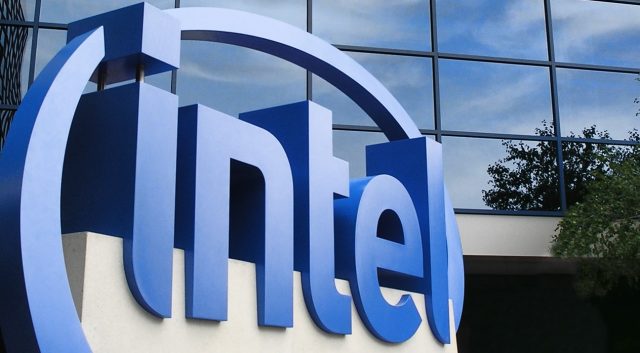Intel 10-Core Comet Lake CPUs Will Counterattack Ryzen 3000 Family

AMD’s Ryzen 7 3000 family dropped earlier this week, delivering a body blow to Intel’s entire high-end product stack. The Ryzen 9 3900X destroys the Core i9-9900K’s performance at $500, while the $329 Ryzen 7 3700X is narrowly faster than the 9900K in most workloads, at 66 percent the price. It’s not a great position for Intel to be in, and the company is undoubtedly planning its own competitive response.
A newly leaked roadmap purports to show what that response will be. As always, such leaks should be taken with a grain of salt, especially given the unusual nature of some of the predictions the slide makes. There’s a new socket we haven’t heard of before (LGA 1159), Hyper-Threading returns to the high-end (after being removed on all but the highest-end 9th Gen chips), and supposedly the new CPUs are built on a “14nm+++” node, even though Intel has previously indicated it was retiring that nomenclature. The highest-end cores also lack an IGP, which isn’t a step Intel has previously been willing to take, save at great need, to improve its yield.
It isn’t clear if the hypothesized 10-core chips would have a disabled-but-present GPU core, or if Intel actually built an entirely different die with no GPU at all. The leak also implies that Intel will add Hyper-Threading throughout its entire product stack, which is something the company hasn’t previously been willing to do. Finally, this leak discloses the all-core max boost frequency, which is information Intel has generally stopped providing.
Season this dish well, in other words.

One place where these rumors do align with earlier reports is the use of five-digit model numbers but since the previous rumors focused on mobile parts, there’s no way to compare the leaked lists to see if they agree. The TDPs are believable, mostly because Intel TDPs are derived from base clock, and the low base clocks here might allow for a 10-core chip. The Core i7-9700, for example, is an 8C/8T CPU with a 3GHz base clock in a 65W TDP. A 10C/20T CPU at 2.7GHz in a 65W TDP doesn’t seem impossible based on Intel’s already-existing product lines.
Intel never publicly explained why it had removed Hyper-Threading from its 9th Generation CPUs, though there was speculation the decision was related to the Spectre and Meltdown security flaws that were disclosed in January 2018. Regardless of its reasoning, adding the feature back in its 10th Generation CPUs would be a way for Chipzilla to regain some additional performance for a relatively small power penalty. Hyper-Threading is generally assumed to provide between 1.1x – 1.2x additional performance, though some games and other applications actually see a very small penalty with the feature enabled.


